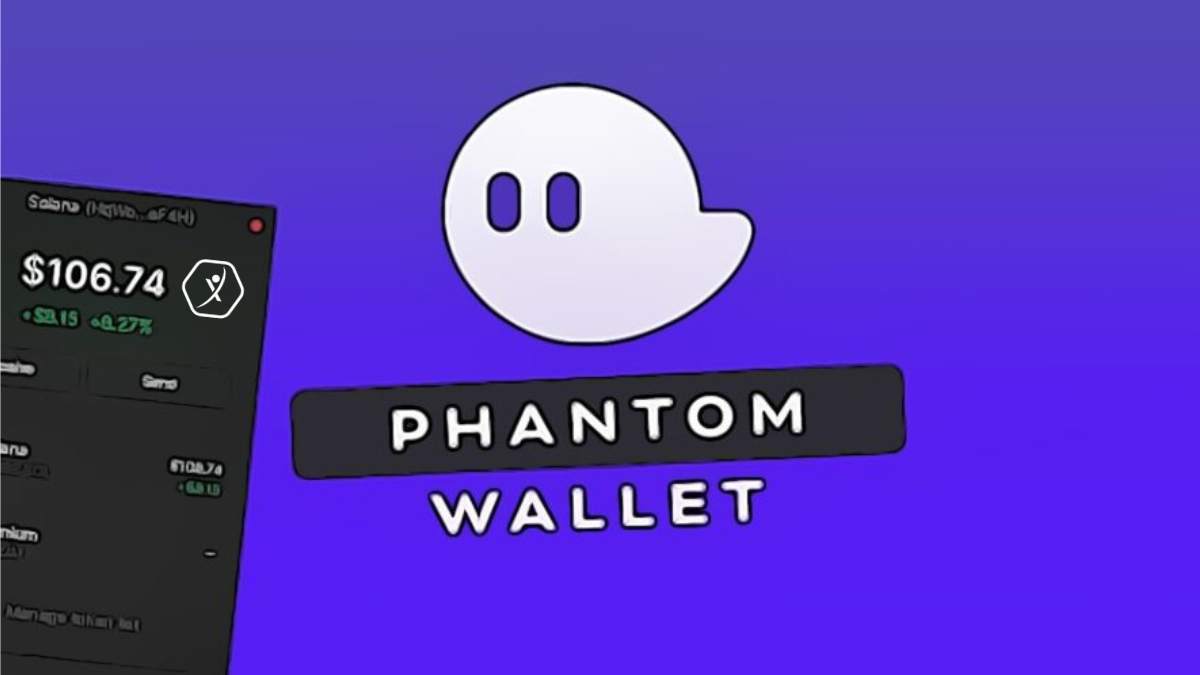Ever install a browser extension and then pause, wondering, “Wait, what exactly am I giving this thing access to?” Yeah, me too. Honestly, it’s one of those moments where you click “Allow” without really thinking, and later, you kinda regret it—or at least get uneasy. When it comes to crypto wallets like the Phantom wallet extension, this is not just a casual “meh” situation. Wallet security gets tangled up with the permissions those extensions request, and that can be a wild rabbit hole.
So, here’s the thing. Browser extensions operate with permissions that let them interact with web pages, read data, and sometimes even alter what you see. For a wallet extension, this means the line between convenience and vulnerability is razor-thin. Whoa! That realization hit me hard when I first started using Solana-based DeFi apps, especially through Phantom.
Initially, I thought “extensions are just UI helpers for wallets.” But then I realized they’re way more powerful—and potentially dangerous if misused. It’s like handing your house keys to a new neighbor you barely know. Sure, they might be trustworthy, but what if something goes sideways? My gut said, “Better look deeper before blindly trusting any extension.”
Let me unpack this a bit more. Extensions request permissions like “read and change data on websites you visit.” That sounds vague and kinda scary, right? But actually, for a wallet extension, interacting with DeFi sites means it needs to read transaction data, sign requests, and sometimes inject scripts. The tricky part is distinguishing between necessary access and overreach. Something felt off about extensions that ask for “all website data” permissions; that’s a very broad scope.
Really? Why would a wallet need to read *all* your browsing data? Here’s where the analysis gets nuanced. On one hand, Phantom wallet extension operates in a sandboxed environment designed to isolate your keys and signing operations. On the other, browser permission systems aren’t perfect, and malicious actors can exploit broad permissions. So, it’s a balance: usability versus security.
Check this out—

When I first installed the phantom wallet extension, I noticed it requests access to “read and change site data” on solana-based DeFi platforms. That makes sense since the wallet needs to sign transactions on those sites. But it also wants access when you’re on unrelated websites (uh, why?). Turns out, this permission is needed to inject the wallet’s interface seamlessly across sites, but it raises eyebrows.
Honestly, this part bugs me. I’m biased, but I think wallet developers should be more transparent about why certain permissions are necessary. The last thing you want is a user blindly granting wide access without knowing the risks. And—here’s a kicker—some malicious extensions have masqueraded as wallet add-ons, exploiting broad permissions to siphon keys or inject phishing attempts.
Okay, so check this out—there’s a growing trend toward permission isolation in wallet extensions. Rather than blanket “read all data” permissions, newer designs ask for site-specific access, triggered only on demand. Phantom’s team has been active in updating their security model, trimming permissions where possible. But the browser’s permission model itself is a bit of a blunt tool. It’s not granular enough to perfectly fit crypto wallets’ needs yet.
On the technical side, the extension’s background script handles wallet logic, while content scripts interact with the webpage DOM to enable transaction signing UI. Permissions for injecting content scripts must be declared upfront, which inevitably leads to broader access scopes than one might like. That’s the tradeoff developers face every day.
Hmm… So what’s the best approach for users? First off, always download extensions from official sources—the Phantom wallet extension link I mentioned earlier is the legit one. Second, review the permissions carefully, and if you see something that doesn’t add up, pause and research. Also, keep your browser and extension updated—updates often patch security holes.
Another layer is browser sandboxing. Chrome, Firefox, and others isolate extensions to limit damage, but vulnerabilities crop up. For instance, if an attacker exploits a bug in the browser or the extension, they could potentially access private keys or transaction data. That’s a nightmare scenario. So, using hardware wallets or multi-sig setups remains the gold standard for high-value accounts.
I’ll be honest, though—this whole permissions thing isn’t black and white. On one hand, you want seamless DeFi interaction; on the other, you fear giving too much control to an extension. The Phantom wallet extension walks a tightrope here. It’s designed with security in mind, but like any software, it’s only as safe as the environment it runs in and the vigilance of its users.
One thing I’ve noticed is that many users underestimate the risks of browser-based wallets altogether. There’s this assumption that because the wallet doesn’t store keys on a centralized server, it’s inherently safe. But browser extensions can be hijacked or spoofed, especially if you’re not careful with updates and permission grants.
In practice, I use Phantom mostly for low to medium-value transactions and keep my bigger holdings in cold storage or hardware wallets. It’s a practical compromise, though I’m always watching for new developments in browser extension security models. The community feedback and open-source audits help, but the ecosystem is still maturing.
Here’s a little side note—oh, and by the way, if you’re diving into Solana DeFi, having the right wallet extension is critical. Phantom is the go-to for many, but alternatives exist, each with its own tradeoffs in permissions and security. It’s worth trying different tools and seeing which ones you trust with your digital assets.
So, what should a savvy user do right now? Beyond vetting permissions and sources, consider browser profiles dedicated solely to crypto activities—this reduces exposure from your daily browsing. Also, disable unnecessary extensions that could interfere or leak data. It’s a bit tedious, but better safe than sorry.
Something else I’ve been wondering—how will browser vendors evolve permission models to better suit crypto wallets? Currently, the permission granularity is limited, but with crypto’s growth, I suspect we’ll see specialized APIs or permission scopes that address these concerns. Until then, users need to stay informed and cautious.
To wrap this thought—well, not wrap exactly, because I’m still chewing on this—wallet security in browser extensions is a layered issue. Permissions are a big piece of that puzzle. Being aware of what you allow and understanding the rationale behind it can save you from nasty surprises down the road. If you want a straightforward way to start, check out the phantom wallet extension and dig into their docs and community discussions. It’s a decent starting point for grasping the balance between convenience and security in Solana DeFi.
Frequently Asked Questions about Wallet Security and Browser Extensions
Q: Are all wallet browser extensions equally safe?
A: Not really. Safety depends on the extension’s development practices, permission requests, open-source audits, and how actively it’s maintained. Phantom is widely trusted in the Solana community, but always do your own research.
Q: Why do wallet extensions need permission to read site data?
A: This permission allows the extension to interact with DeFi sites, detect transaction requests, and inject signing interfaces. It’s essential for functionality but should be scoped narrowly to avoid overreach.
Q: Can a malicious extension steal my crypto?
A: In theory, yes. If an extension has access to your private keys or can intercept transaction requests without your confirmation, it could. That’s why installing only from trusted sources and monitoring permissions is critical.




